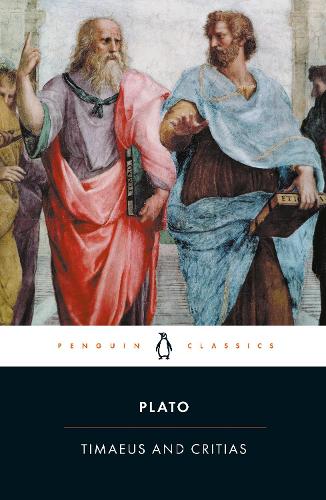
Timaeus and Critias
(Paperback)
Publishing Details
Timaeus and Critias
By (Author) Plato
Revised by Thomas Kjeller Johansen
Translated by Desmond Lee
Penguin Books Ltd
Penguin Classics
30th September 2008
28th August 2008
United Kingdom
Classifications
General
Non Fiction
Philosophy: metaphysics and ontology
Ancient, classical and medieval texts
113
Physical Properties
Paperback
176
Width 129mm, Height 198mm, Spine 10mm
134g
Description
Timaeus and Critias has a central place in Western thought and is best known to many for the story of Atlantis Timaeus and Critias is a Socratic dialogue in two parts. A response to an account of an ideal state told by Socrates, it begins with Timaeus's theoretical exposition of the cosmos and his story describing the creation of the universe, from its very beginning to the coming of man. Timaeus introduces the idea of a creator God and speculates on the structure and composition of the physical world. Critias, the second part of Plato's dialogue, comprises an account of the rise and fall of Atlantis, an ancient, mighty and prosperous empire ruled by the descendents of Poseidon, which ultimately sank into the sea.
Author Bio
Plato (c. 427-347 b.c.) founded the Academy in Athens, the prototype of all Western universities, and wrote more than twenty philosophical dialogues. Thomas Kjeller Johansen studied philosophy and classics at Trinity College, Cambridge. He is now University Lecturer in Ancient Philosophy at Oxford University and Tutorial Fellow of Brasenose College, Oxford. His publications include Plato's Natural Philosophy. A Study of the Timaeus-Critias (Cambridge 2004).
